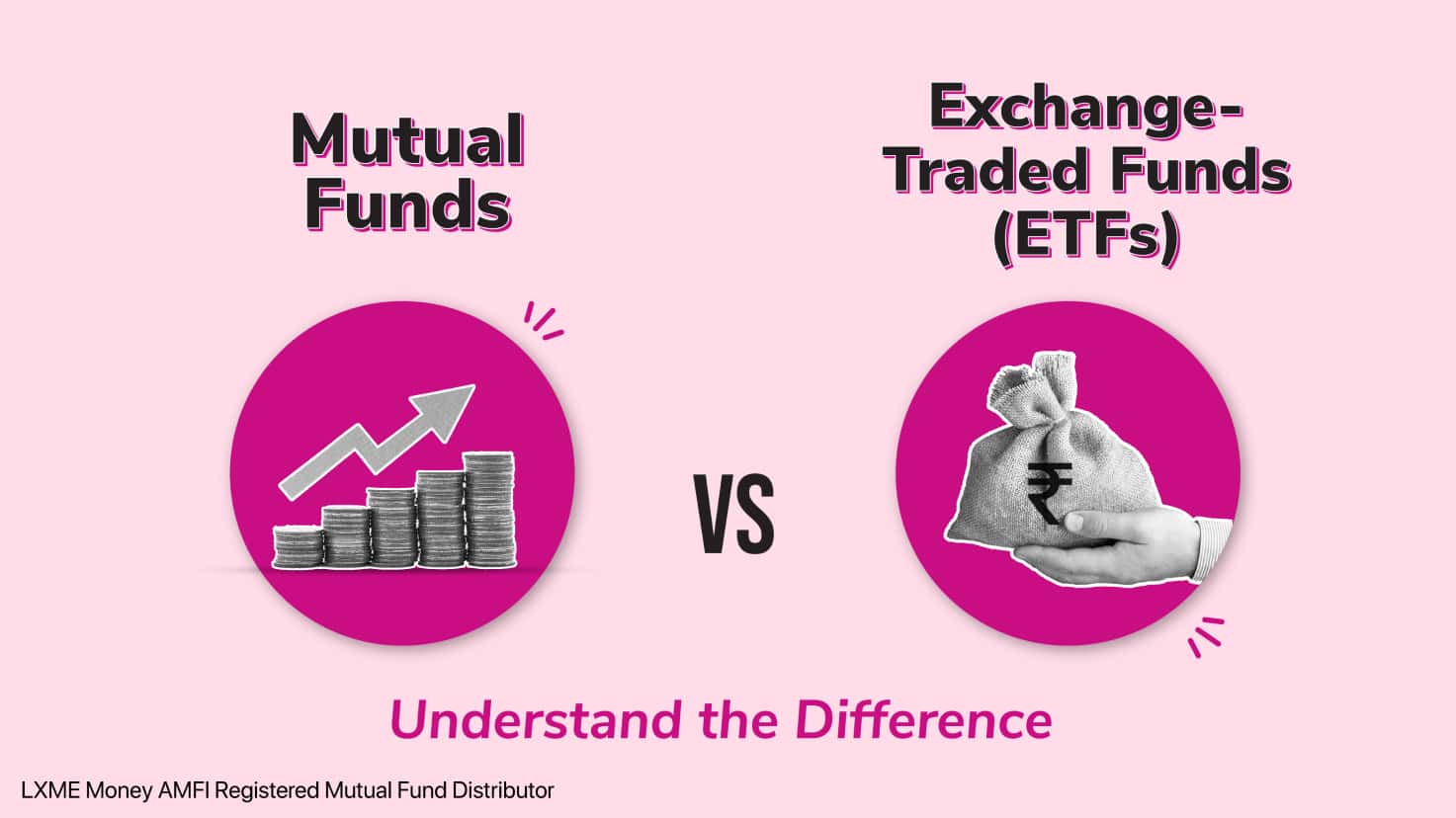Do you ever feel like you’re sleepwalking through life with no real idea of what you want?
Perhaps you know exactly what you want to achieve, but have no idea how to get there. That’s where financial goal planning comes in. We all know that setting goals is important, but we often don’t realize how important they are as we continue to move through life. In this blog, we will review the importance and value of financial goal planning as well as the many benefits.
What is Goal Planning?
Financial Goal planning refers to setting financial goals and developing plans to achieve them. To set financial goals, one must first prioritize the events in one’s life that will require funds. Also, when you have a clear picture of what you’re aiming for, working towards your target is easy. That means that your goals should be measurable, specific and time oriented.
What are the types of Financial Goals?
There are several types of financial goals that can be classified according to the time frames. These include –
- Ultra short term goals – Goals that can be accomplished in less than 1 year are known as Ultra short term goals.Building an emergency fund or investing for a birthday or anniversary celebration are examples of these goals.
- Short term Goals – Short-term goals can be achieved within a span of 1 to 3 years. Examples of these goals include planning for a vacation or buying a car.
- Long term Goals – Long-term financial goals are usually for a period of 3 or more years. Planning for retirement, purchasing a home, investing for your child’s education and marriage are indeed a few examples.
What are the examples of Financial Goals?
Still not sure what to aim for? Here are some examples of financial goals to get you started.
1.Build an Emergency Fund – Life is unpredictable, and it’s important to be prepared. Emergency Fund should be the first one you should set, regardless of your financial stability. Ideally, an individual can set aside up to 6-12 months of household expenses under an emergency fund. This can be kept in liquid investments such as Ultra short term funds, liquid funds & High yielding Savings Bank A/c.
2.Plan for your Child’s education – Every parent wants to do everything possible to ensure that their child receives a quality education. However, due to rising inflation, the costs of doing so are increasing day by day. As a result, investing early for these can help them achieve their goals.
3.Vacation Planning – Want to escape from your routine and go on a vacation? If you answered yes, more often than not, it is a lack of funds rather than a lack of time that prevents us from enjoying that long-awaited vacation. And this is when, Vacation planning comes into play. You can make this a reality by pre-planning it.
4.Retirement Planning – Household , medical, and lifestyle expenses require a significant amount of money in your post-retirement phase. And that is when retirement planning becomes essential. Furthermore, the sooner you begin investing, the more time your money has to grow.
5.Pay off your Debt – Every individual desires to get rid of debt as quickly as possible. And that is when paying off debts is one of the most common financial goals. To know more, you can also watch a video on two ways to manage your Debts.
What is the process of Financial Goal Planning ?
Firstly, You must determine your current financial status, how much can be invested, time frame for investing & your risk tolerance. Then, you can make a list of ultra short term, short & long term goals. Here, use LXME Calculators to figure out the amount that you need to invest to achieve your goals. Once this is done, you can decide the investment option you want to invest in. For Example – Ms. Krisha is planning a solo trip after 2 years & she would require a sum of ₹90,000. To calculate the amount she needs to invest, she can –
- Fill in the required details such as Target Amount (₹90,000) & Target Time (2 Years).
- The calculator will show the amounts that she needs to invest as a SIP/ Lumpsum.
- Click on see recommendations.
New Investor? Request a Callback.
Fill in your details and we will guide you at every step
other blogs

Career Money Matters April 17, 2024
What is Udyogini Scheme? Features, Eligibility & Documentations
Financial assistance has the power to transform a woman’s life, especially an underprivileged woman. This is why the Women Development Corporation offers a scheme called Udyogini Yojana to provide women with monetary help in setting up their business. What is the PM Udyogini Yojana Scheme? What are some Udyogini Scheme details? Let’s find out! What … What is Udyogini Scheme? Features, Eligibility & Documentations

Money Matters December 19, 2023
Mutual Funds vs. Exchange-Traded Funds (ETFs): Understand the Difference
In India, there are a lot of investment options available through which you can invest and grow your money. Each investment option has its own set of features, pros and cons. One can invest in equity, debt, and gold directly, through mutual funds, or ETFs. But what’s the difference between mutual funds and ETFs? So, … Mutual Funds vs. Exchange-Traded Funds (ETFs): Understand the Difference

Money Matters January 4, 2023
All You Need to Know About RBI’s Digital Rupee (e-Rupee) – LXME
Discover the groundbreaking RBI e-rupee, a digital currency initiative by the Reserve Bank of India, as we delve into all the essential details about this innovative financial development. Explore the ins and outs of the RBI e-rupee and its potential impact on the Indian economy in this informative LXME blog. Are you ready to digitize? … All You Need to Know About RBI’s Digital Rupee (e-Rupee) – LXME









